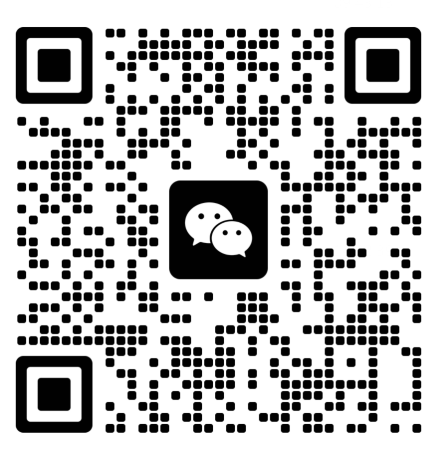 +86 755 2794 4155
+86 755 2794 4155  sales@knownpcb.com
sales@knownpcb.com
-
Shenzhen KNOWNPCB Technology Co., Ltd.
 +86 755 2794 4155
+86 755 2794 4155  sales@knownpcb.com
sales@knownpcb.com
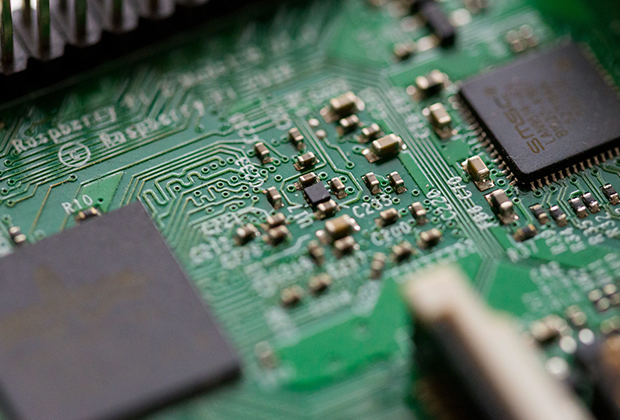
Have you noticed that now more and more of our lighting is using led lighting.What is LED? Compared to the traditional light bulbs, LEDs have lower power consumption, longer lifetime and higher energy efficiency. In the PCB industry,when we say LED PCB, it refers to the pcb used for LED lighting, if you are looking for a suitable LED PCB for your lighting system, this article may bring you something. WHAT ARE LEDS COMPOSED OF?LED is an initial light-emitting diode that produces light when an electric current passes through. LEDs typically have negative and positive electrodes, which generate light in the visible light region.The LEDS are glued to the PCB by soldering process and have electrical connections for lighting.Since light-emitting diodes dissipate a lot of heat when they are in use, when you are designing LED, the metal core is usually the best choice for LED PCB, it is because that it dissipates heat more faster. Among them, the metal material aluminum is the most widely used
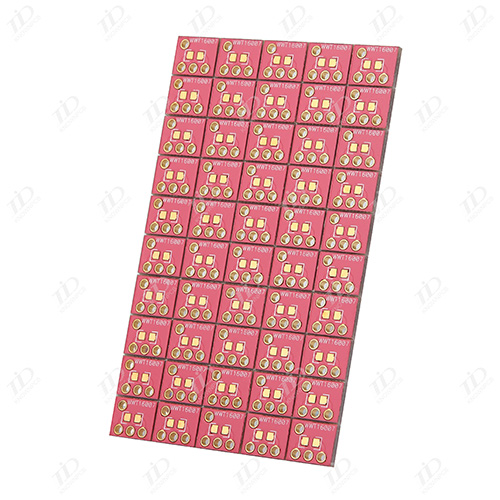
What are the design requirements for PCB printed circuit boards in PCB sampling? Let's take a look together: 1. Accurate This is the most basic and important requirement for printed circuit board design. Accurately implement the connection relationship of the electrical schematic diagram to avoid errors such as "short circuit" and "open circuit". Generally, products need to undergo more than two rounds of trial production and modification, while CAD software with strong functions has inspection functions to ensure the correctness of electrical connections. 2. Reliable A correctly connected circuit board may not necessarily have good reliability, such as improper selection of boards, incorrect board thickness and installation fixation, improper component layout and wiring, etc., which may cause the PCB to not work reliably. 3. Reasonable A printed circuit board component is closely related to the rationality of the printed circuit board, from manufacturing, inspection, assembl

The circuit board sampling of circuit board manufacturers generally refers to the electronic products being sent to the circuit board manufacturer for processing into circuit boards for testing after the engineer completes the PCB layout design. Because it is a newly developed product, many functions are not yet perfect, and there are still many functions that need to be debugged. Only after debugging is qualified can batch production be carried out. If debugging is not qualified, it is necessary to revise, sample, and debug again, reducing a lot of unnecessary hemp in the later stage The quantity of samples varies depending on the delivery time of the samples. Generally speaking, for an ordinary single and double-sided board, it is not urgent, with a quantity of less than 10 pieces and a standard process. The scale is within 100 * 100mm, and it usually costs only 50 yuan. However, if your quantity is larger than this, and the delivery time needs to be expedited, the price will va
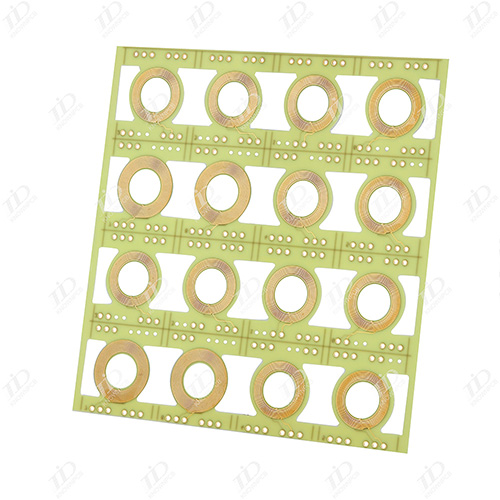
Generally, a well made PCB board diagram needs to be processed and manufactured by the board manufacturer. After the sample is completed, technicians will weld the components together, and finally assemble them into the shell and package them to form a complete product. So what relevant document parameters and explanations are required for PCB sampling to be provided to the manufacturer? Let me explain them in detail below. What are the relevant document parameters and explanations provided to the manufacturer for PCB sampling requirements 1. PCB sampling data: To clarify what kind of manufacturing data is required for PCB, the most common method currently is to use FR4, and the primary data is epoxy resin peeled fiber cloth board. 2. Layer: To clarify the number of layers you manufacture for PCB boards. (The manufacturing layers of PCB boards vary, and the price may vary, while the sampling process for PCB circuit boards is completely different.) 3. Solder resistance color: The
1. The thickness of gold is much thicker than that of gold plating, and sinking gold will produce a golden yellow color that is more yellow than plating, which is more satisfying for customers. 2. Compared to gold plating, sinking gold is easier to weld and will not cause welding defects, leading to customer complaints. The stress on the sinking gold plate is easier to control, which is more conducive to the processing of products with bonding. It is precisely because sinking gold is softer than plating gold that sinking gold plates make gold fingers less wear-resistant. 3. As long as there is nickel gold on the solder pad of the sinking gold plate, the signal transmission in the skin effect will not be affected by the copper layer. 4. Compared to gold plating, sinking gold has a denser crystal structure and is less prone to oxidation. 5. As the wiring becomes denser, the line width and spacing have now reached 3-4 MIL. Gold plating is prone to short circuits in the gold wire.
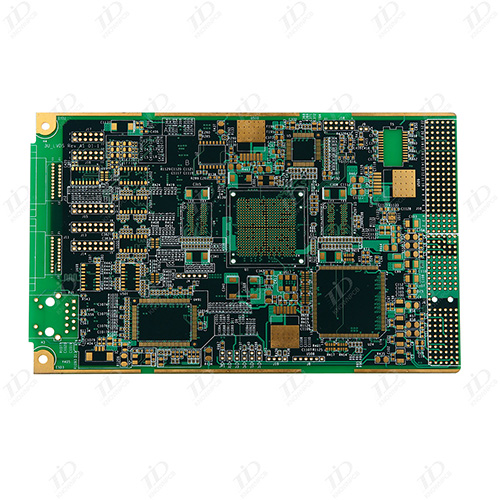
1、 Quality requirements and key control points for PCB etching process: 1. There should be no residual copper in the sample production of PCB boards, especially double-sided boards, which should be noted. 2. There must be no residual adhesive present, otherwise it will result in exposed copper or poor adhesion of the coating. 3. The etching speed should be appropriate, and it is not allowed to show the thinning of the line caused by excessive etching. The etching line width and total pitch should be the focus of our station's control. 4. The dry film on the solder joints of the circuit shall not be washed away or cracked. 5. After etching and peeling, the board should not have any oil stains, impurities, copper skin warping or other poor quality. 6. When placing the board, attention should be paid to preventing jamming and oxidation. 7. It should be ensured that the etching solution is evenly distributed to prevent uneven etching of different parts on the front and back or t
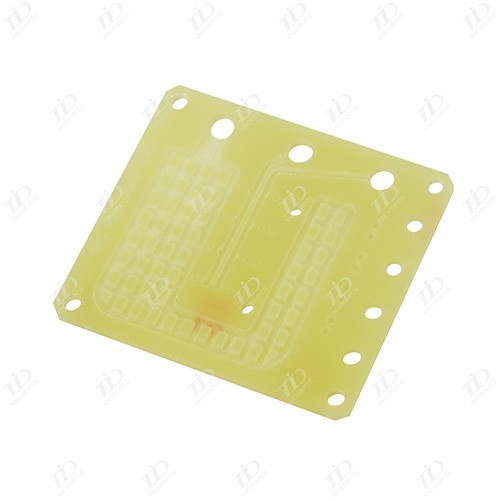
With the continuous development of the electronics industry, various electronic products are emerging one after another. Often, some customers demand unconventional thickness boards, such as 2.0mm, 2.4mm, 2.5mm, 3.0mm thick, etc. Can 3.0mm thickness boards be produced? The answer is revealed below, and the editor will explain it in detail below. In order to ensure the integrity of product functionality, many customers choose thicker boards for production when their boards are used on equipment or when the components on the boards are heavy. The normal board thicknesses we produce are 0.6mm, 0.8mm, 1.0mm, 1.2mm, and 1.6mm. Some special products require thicker PCB boards. Use thicker PCB boards. Can we ultimately make a 3.0mm thick PCB sample. The answer is certain, it can be produced. Our company often produces this type of board, and producing PCBs of this thickness is no longer a challenge in the industry. Only engineers need to pay attention when planning. When planning, it i
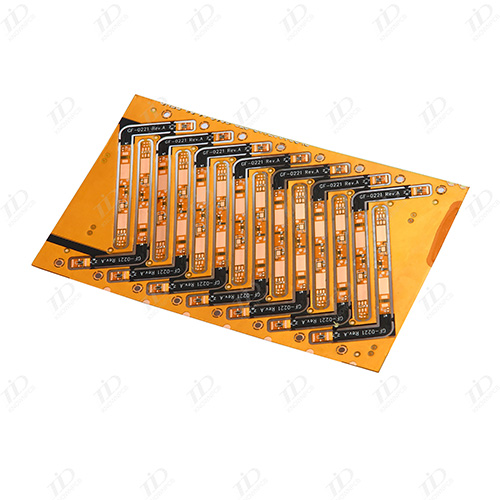
After using printed boards in electronic devices, due to the consistency of similar printed boards, errors in manual wiring are avoided, and electronic components can be automatically inserted or pasted, soldered, and inspected, ensuring the quality of electronic devices, improving labor productivity, reducing costs, and facilitating maintenance. Development: Printed circuit boards have evolved from single-layer to double-sided, multi-layer, and flexible, and still maintain their respective development trends. Due to the continuous development towards high precision, high density, and high reliability, as well as the reduction of volume, cost, and performance, printed circuit boards still maintain strong vitality in the future development of electronic equipment engineering. The discussion on the development trend of future printed circuit board production and manufacturing technology at home and abroad is basically consistent, which is to develop towards high-density, high-prec
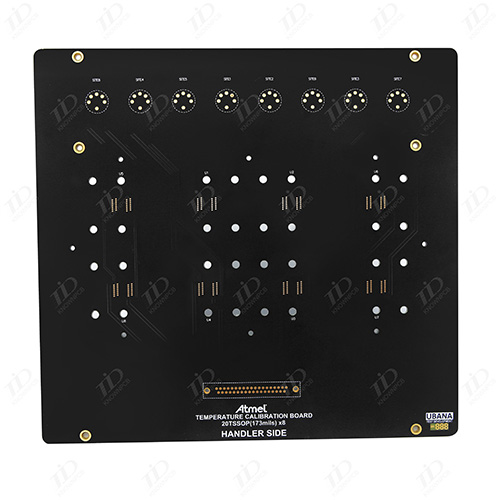
A printed board is better when installed upright, and the distance between boards should generally not be less than 2cm. Moreover, the arrangement of devices on the printed board should follow certain rules: For equipment that uses free convection air cooling, it is better to arrange integrated circuits (or other devices) in a longitudinal manner; For equipment that uses forced air cooling, it is better to arrange integrated circuits (or other devices) in a horizontal and elongated manner; Devices on the same printed circuit board should be arranged in zones according to their heat generation and heat dissipation degree as much as possible. Devices with low heat generation or poor heat resistance (such as small signal transistors, small-scale integrated circuits, electrolytic capacitors, etc.) should be placed upstream (at the inlet) of the cooling airflow, while devices with high heat generation or good heat resistance (such as power transistors, large-scale integrated circuits

1. Component packaging (1) Pad spacing If it is a new device, you need to draw the component packaging yourself to ensure proper spacing, as the pad spacing directly affects the soldering of the component. (2) Through-hole size (if any) For plug-in devices, sufficient margin should be reserved for through-hole size, generally not less than 0.2mm is more appropriate. (3) Contour screen printing The contour screen of the device is slightly larger than its actual size, ensuring that the device can be installed smoothly. 2. PCB board layout (1) IC should not be placed near the board edge. (2) Components of the same module circuit should be placed close to each other For example, decoupling capacitors should be placed close to the power pins of the IC, and components that make up the same functional circuit should be prioritized and placed in one area with clear hierarchy to ensure the implementation of functions. (3) Arrange the position of sockets according to actual instal
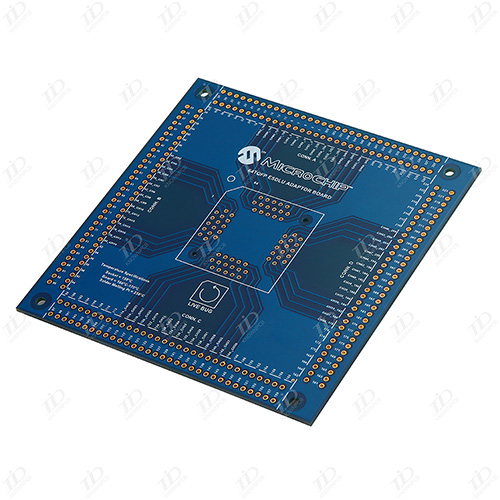
(1) Terminating resistor It is better to connect a matching resistor at the end of a high-speed line or a digital signal line with higher frequency and longer routing. (2) Connect the input signal line to a small capacitor in parallel It is better to connect the signal line input from the interface to a small capacitor at the interface level near the interface. The size of the capacitor is determined by the strength and frequency of the signal, and cannot be too large, otherwise it will affect the integrity of the signal. For low-speed input signals, such as button inputs, a 330pF small capacitor can be selected, as shown in Figure 2. Figure 2: PCB board design_ Connect the input signal line to a small capacitor Figure 2: PCB board design_ Connect the input signal line to a small capacitor (3) Driving ability For example, a switch signal with a high driving current can be driven by a transistor; For buses with large fan outs, buffer drivers can be added.

Electromagnetic compatibility refers to the ability of electronic devices to work in a coordinated and effective manner in various electromagnetic environments. The purpose of electromagnetic compatibility design is to enable electronic devices to suppress various external interferences, enabling them to operate normally in specific electromagnetic environments, while also reducing the electromagnetic interference of electronic devices themselves on other electronic devices. Choose a reasonable wire width. The impact interference generated by transient current on printed lines is mainly caused by the inductance component of printed wires, so the inductance of printed wires should be minimized as much as possible. The inductance of printed wires is directly proportional to their length and inversely proportional to their width, so short and precise wires are beneficial for suppressing interference. The signal lines of clock leads, row drivers, or bus drivers often carry large trans

Correctly selecting single point grounding and multi-point grounding in low-frequency circuits, where the operating frequency of the signal is less than 1MHz, the wiring and inductance between devices have less impact, while the circulating current formed by the grounding circuit has a greater impact on interference. Therefore, single point grounding should be used. When the operating frequency of the signal is greater than 10MHz, the impedance of the ground wire becomes large. At this time, the impedance of the ground wire should be reduced as much as possible, and nearby multi-point grounding should be used. When the working frequency is between 1-10MHz, if a single point grounding is used, the length of the ground wire should not exceed 1/20 of the wavelength. Otherwise, the multi-point grounding method should be used. Separate digital circuits from analog circuits. If there are both high-speed logic circuits and linear circuits on the circuit board, they should be separated as

In the PCB process flow, the reservation of process edges is of great significance for subsequent SMT surface mount processing. The process edge is to assist in the production of plug-in boards, and the part where welding peaks are added on both sides or four sides of the PCB board, mainly to assist production. It is not a part of the PCB board and can be removed after production is completed. Due to the fact that process edges consume more PCB boards and increase the overall cost of PCBs, it is necessary to balance economy and feasibility when designing PCB process edges. For some special shaped PCB boards, the original PCB boards with 2 or 4 process edges can be cleverly simplified by splicing. When designing the splicing method in SMT mounting processing, it is necessary to fully consider the track width of the SMT mounting machine. For splicing exceeding 350mm in width, it is necessary to communicate with the SMT supplier's process engineer. The main reason for leaving proces
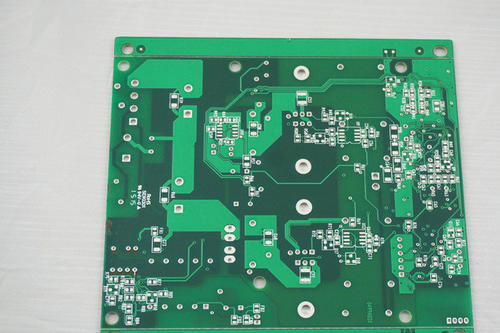
Laser processing technology is a technology that utilizes the characteristics of the interaction between laser beams and materials to cut, weld, surface treat, drill holes, micro process materials (including metals and non-metals), and use them as light sources to identify objects. The traditional application of laser processing technology is the largest field. Laser technology is a comprehensive technology that involves multiple disciplines such as optics, mechanics, electronics, materials, and detection. Traditionally, its research scope can generally be divided into: 1. Laser processing system. Including lasers, light guiding systems, machining machines, control systems, and detection systems. 2. Laser processing technology. Including various processing techniques such as cutting, welding, surface treatment, drilling, marking, marking, and fine tuning. Laser welding: Sealing devices such as thick and thin sheets of automotive body, automotive parts, lithium batteries, pacemak
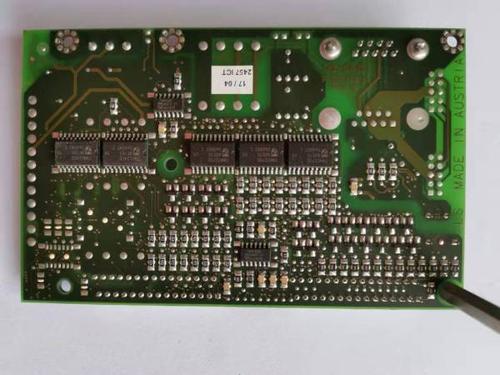
Question 1: What is part packaging and what is the difference between it and parts? Answer: (1) Part packaging refers to the appearance and solder joint position indicated when the actual part is soldered onto the circuit board. (2) Part packaging is only the appearance and solder joint position of the part, and pure part packaging is only a concept of space, so different parts can share the same part packaging; On the other hand, the same type of part can also have different packaging, such as RES2 representing resistance, which has packaging forms such as AXAIL0.4, AXAIL0.3, AXAIL0.6, etc. Therefore, when using welded parts, it is not only necessary to know the part name but also the packaging of the part. (3) The packaging of parts can be specified during circuit design or when introducing network tables. When designing a circuit diagram, you can specify it in the Footprint settings in the Part Properties dialog box, or you can also specify the part packaging when importing a
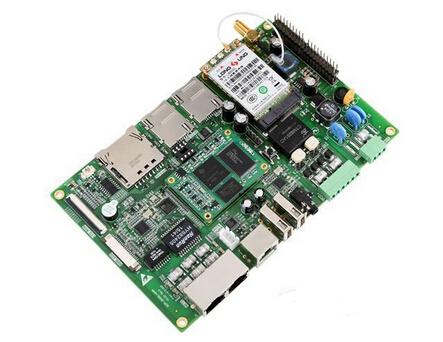
For a newly designed circuit board, debugging often encounters some difficulties, especially when the PCB board is relatively large and there are many components, making it difficult to start. But if you master a reasonable set of debugging methods, debugging will be twice the result with half the effort. For newly retrieved PCB boards, we first need to roughly observe whether there are any problems on the PCB board, such as obvious cracks, short circuits, open circuits, etc. If necessary, check if the resistance between the power supply and the ground wire is large enough. Then it's time to install the components. It is best not to install all modules that are independent of each other when you are not confident in ensuring their normal operation. Instead, you should install them part by part (for smaller circuits, you can install them all at once), which can easily determine the scope of the fault and avoid being unable to start when encountering problems. Generally speaking, th
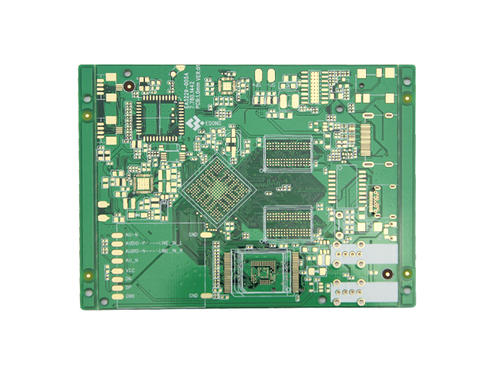
Hot air leveling is the process of immersing a printed circuit board into molten solder (63SN/37PB), and then using hot air to blow off excess solder from the surface and metalized holes of the printed circuit board, resulting in a smooth, uniform, and bright solder coating layer. The lead tin alloy coating on the surface of the printed circuit board after hot air leveling should be bright, uniform, and complete, with good solderability, no nodules or semi wetting, and the coating should be completely free of exposed copper. Copper exposure on the surface and metalized holes of the solder pad after hot air leveling is an important defect in finished product inspection, and is one of the common causes of hot air leveling rework. There are many reasons that can cause this problem, including the following. 1. Insufficient pre-treatment and poor coarsening. The quality of the pre-treatment process for PCB hot air leveling has a significant impact on the quality of hot air leveling. T
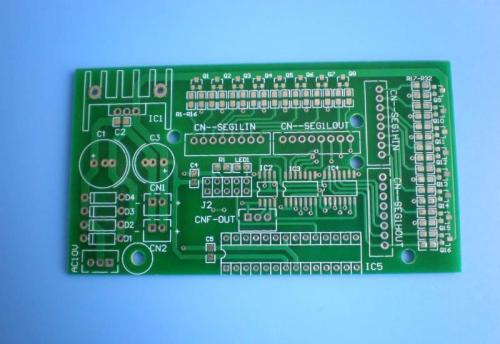
⑴ Differences in longitude and latitude directions cause changes in substrate size; Due to the lack of attention to fiber direction during shearing, shear stress remains in the substrate, and once released, it directly affects the shrinkage of the substrate size. The copper foil on the surface of the substrate is etched off, which limits the variation of the substrate and results in dimensional changes when stress is relieved. When brushing the board, excessive pressure is used, resulting in compressive and tensile stresses that cause deformation of the substrate. The resin in the substrate is not completely cured, resulting in size changes. Especially for multi-layer boards, poor storage conditions before lamination can cause moisture absorption on thin substrates or semi cured sheets, resulting in poor dimensional stability. When the multi-layer board is pressed, excessive glue flow causes deformation of the glass cloth. Solution: ⑴ Determine the variation pattern of longi
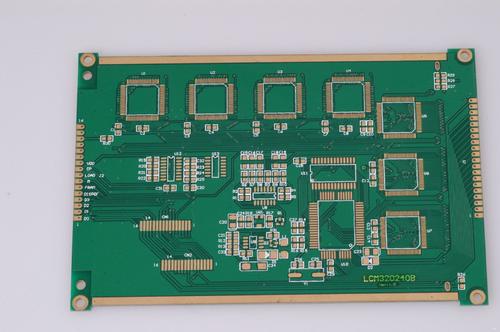
In the manufacturing process of printed circuit boards, there are many processes involved, and each process may have quality defects. These quality issues always involve many aspects, which can be difficult to solve. As the causes of problems are multifaceted, some belong to chemical, mechanical, sheet metal, optical, and other aspects. After decades of production practice, combined with practical experience in solving quality problems and relevant information on solving technical problems, the following summary is made: Defects, causes, and solutions in the manufacturing process of printed circuit boards Solution to the causes of defects in the process There are blisters on the facial mask layer of the film sticking board. The board surface is not clean. Check the wettability of the board surface, that is, the clean surface can keep the water even and the continuous water film lasts for up to 1 minute Low film temperature and pressure increase temperature and pressure The edg

A single panel is on the most basic PCB, with parts concentrated on one side and wires concentrated on the other side. Because wires only appear on one side, we call this type of PCB a single side. Because single panels have many strict limitations in designing circuits (because they are only on one side, wiring cannot cross and must follow separate paths), only early circuits used such boards; The wiring diagram of a single panel is mainly based on screen printing, which means printing a resist on the copper surface, etching it, then marking it with solder mask, and finally completing the part guide hole and shape through punching processing. In addition, some products produced in small quantities are photographed using photosensitive agents to form patterns. Double sided boards have wiring on both sides. However, to use wires on both sides, there must be appropriate circuit connections between the two sides. The bridge between these circuits is called a guide hole (via). A guid
Inquiry Now

